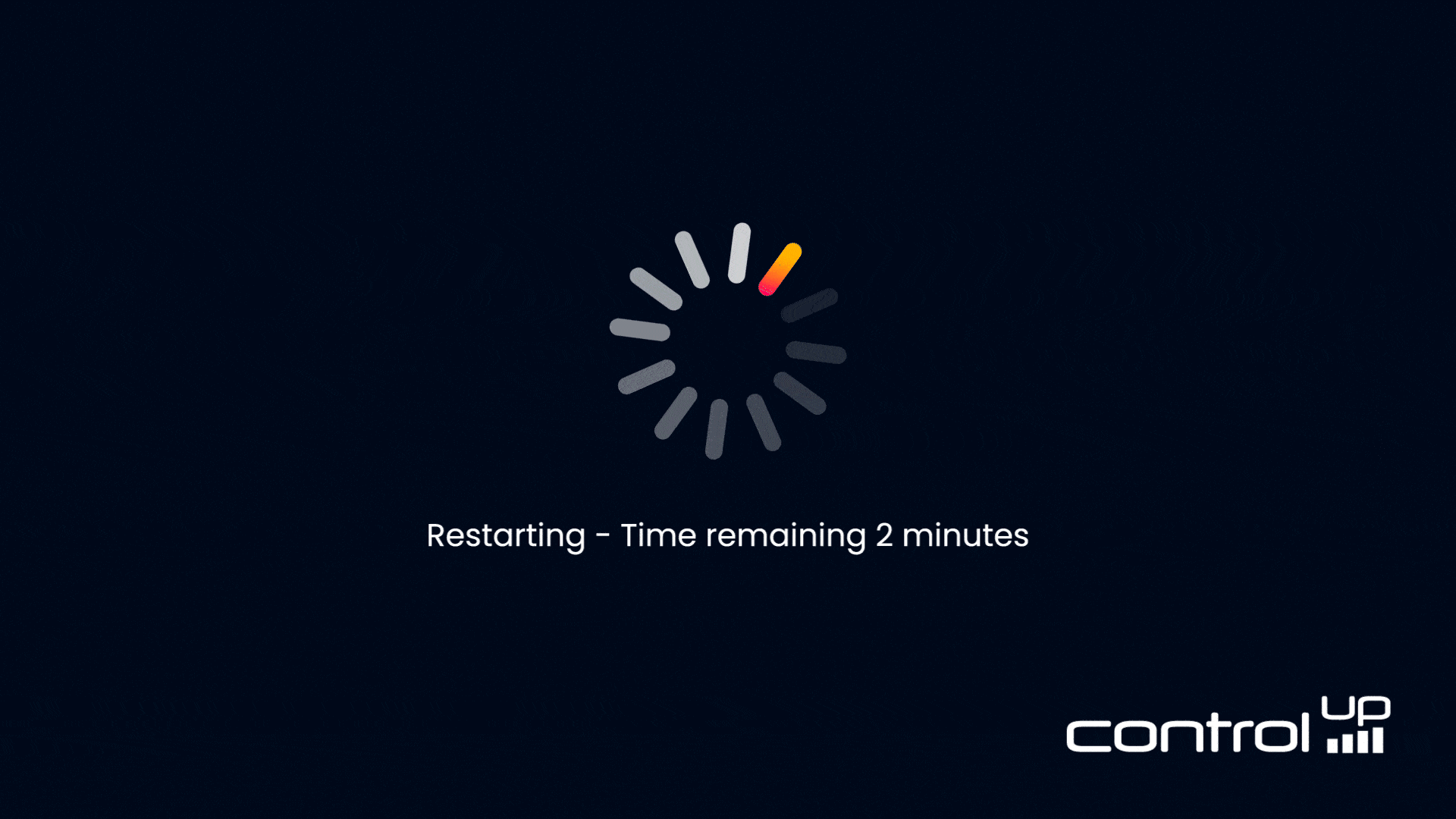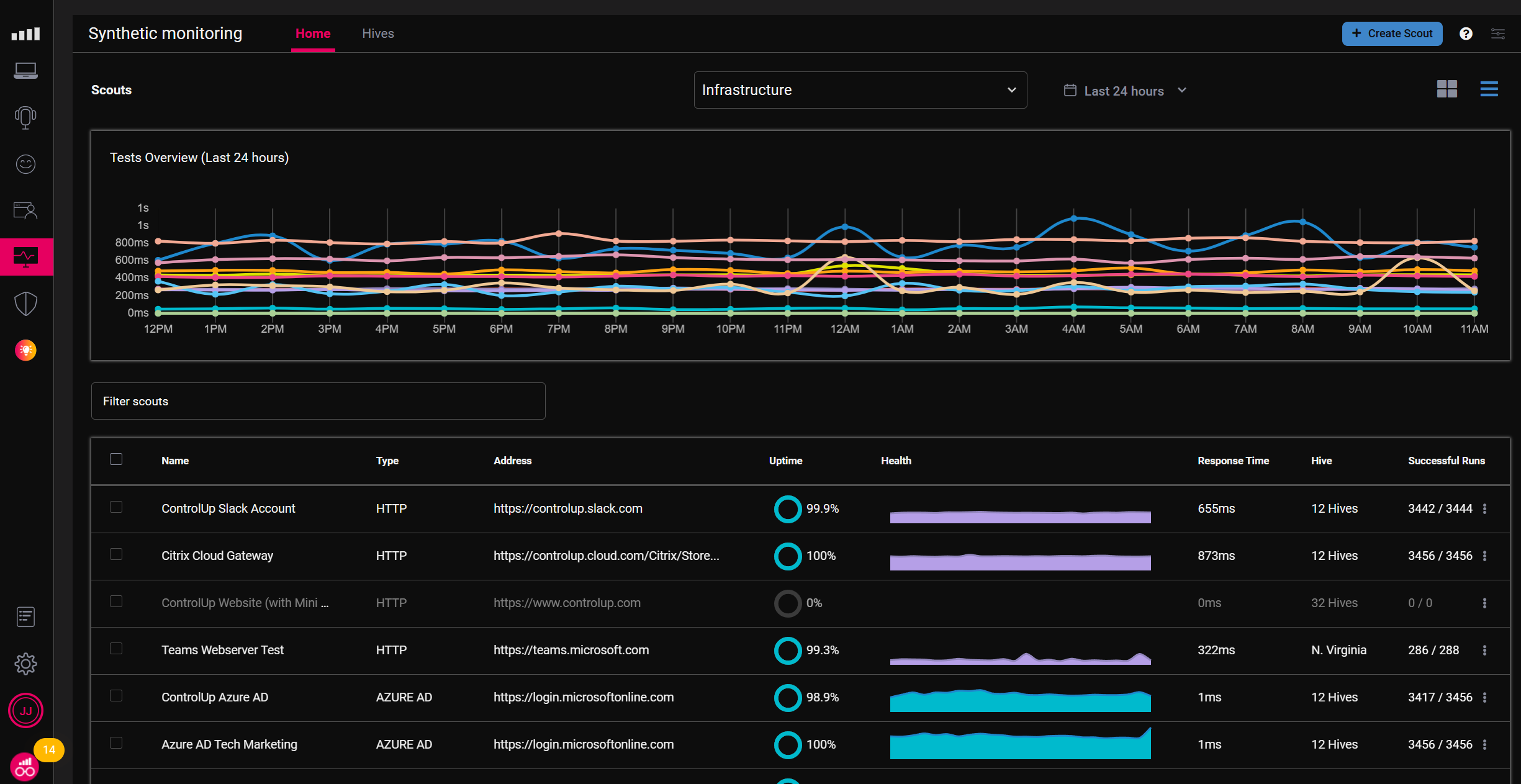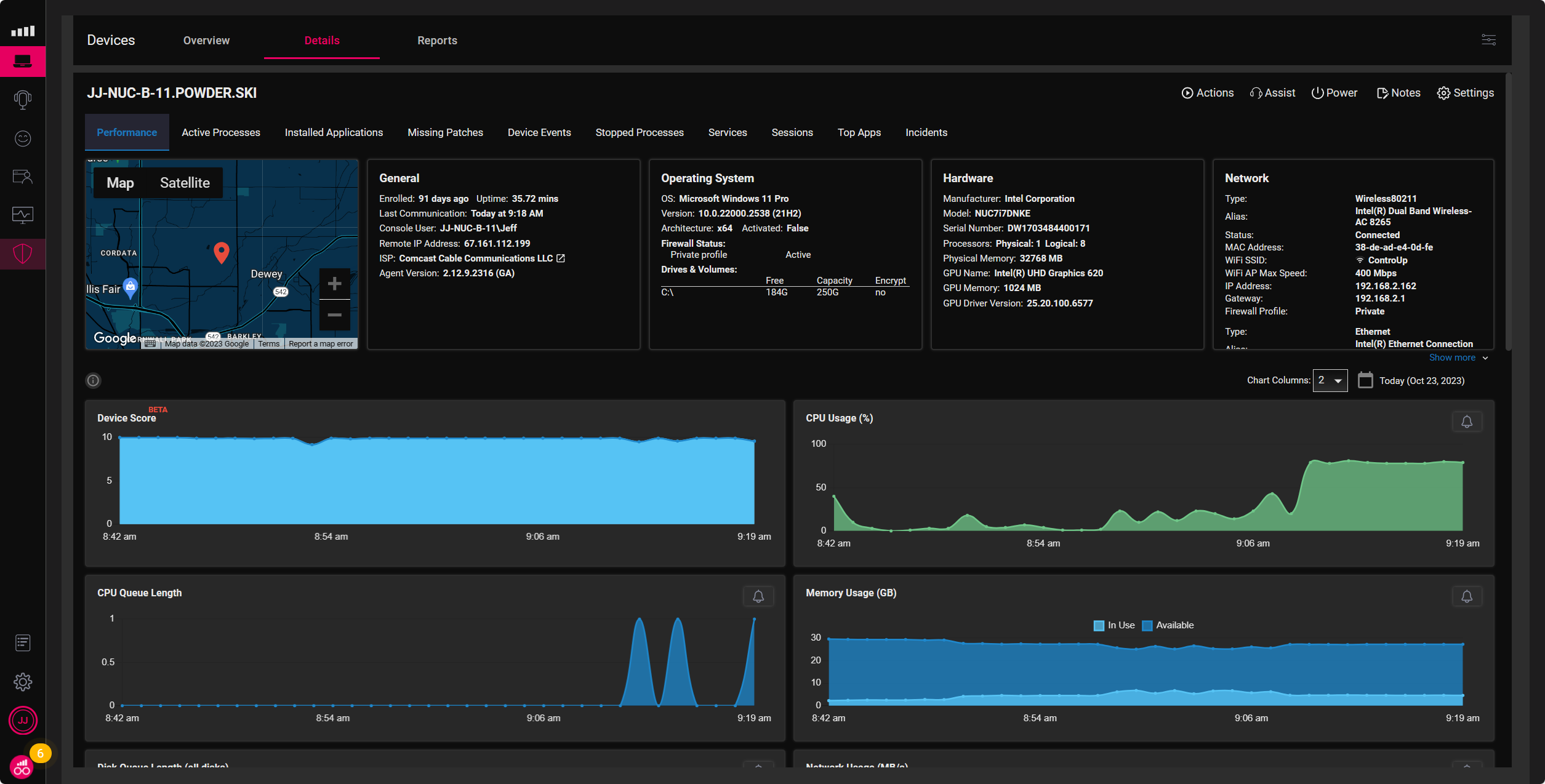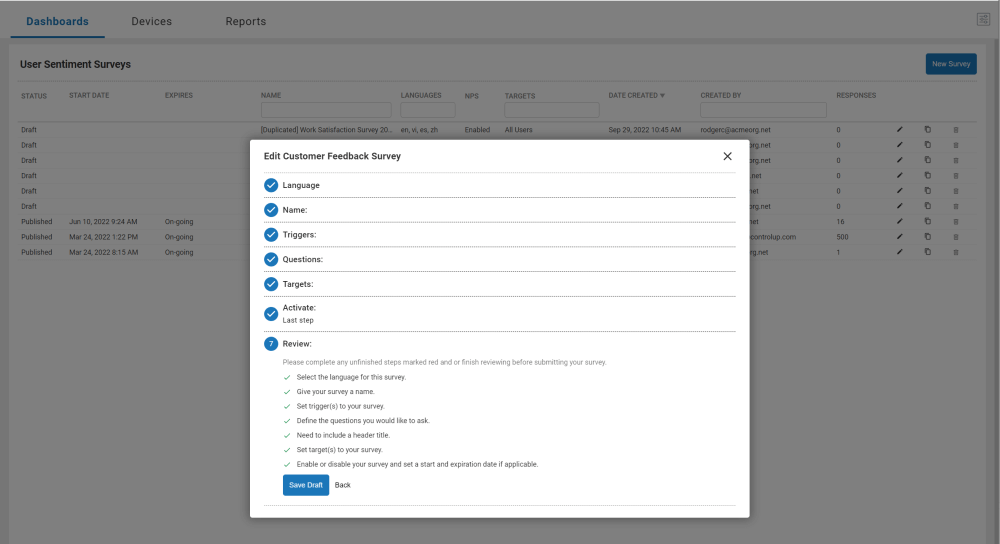
Contact center agents are one of the most important faces of the business, yet I still hear agents say, “My systems are running slow; please be patient.” With access to fast and stable laptops, SaaS applications, and internet speeds in the GB range, how can a line of business solutions run slowly when customer satisfaction is on the line?
When a contact center’s LOB application runs slow, it can be the app, the endpoint operating system, the network, or the service provider. Typically, the answer can be any or all of the above, but as many agents now work from home, we see many problems at the network layer. Business leaders for contact centers are measured on the customer’s CSAT. Still, without visibility into the supporting technology, the agents are often left to deal with customers with little support.
Fortunately, ControlUp monitors and optimizes VDI/DaaS, physical desktops, and local/SaaS applications to give the agents the best chance at achieving a great CSAT.
LOB SaaS Application Problems
ControlUp for SaaS & Web Apps is a cloud-based solution that uses continuous synthetic transaction testing to proactively alert you when the availability and performance of your SaaS & web applications are impacted. ControlUp allows you to address outages and availability issues before they impact productivity. Highly customizable alert policies will notify your operations team when there are availability issues with any of your tested resources. Get alerted by email or use webhooks to integrate with existing service management or alerting platforms, so you know before your users tell you.
Read more:
“ControlUp is how I work. I work with ControlUp 100% of my day, I don’t work without it.”
Róbert Þórir Sigurðsson | Senior System Administrator

Figure 1: Synthetic Monitoring Dashboard
Agent’s computers can run slow for many reasons. ControlUp collects performance metrics to notify IT that agents are having computer issues. Some common alerts that can be configured are hardware-based, such as available memory, CPU queue length, disk queue length, network latency, Wi-Fi signal strength, etc. Common OS and application alerts are crashes, launch times, unified comms call failures, etc.
Read more:
- Notifications and Alerting
- Creating alerts to be notified when agent’s computers are running slow
- Troubleshooting agent’s computers and local applications
- Automated remediation of computers and local applications
- Extending the lifecycle of an agent’s computer
- Low Wi-Fi Signal User Alerting
- Automatically Reporting BSoD
“Best of all, ControlUp catches problems you DON’T know are happening so you can head off much larger issues by addressing them early”
Al Boyce | Systems Analyst, NC SECU

Figure 2: Device Detail Dashboard
Agent’s Satisfaction
Much effort is put into your customer’s CSAT, but what about your agent’s CSAT? Capturing the agent’s CSAT is vital because device metrics only tell half the story of an employee’s digital experience. For example, if we are monitoring a system with a high CPU queue length, that suggests that the system is starved for CPU cycles and, as a result, applications might lag or become sluggish. But these metrics show only the cause of a problem and how we might fix it. They don’t tell us how frustrated our agents were, how their productivity was impacted, or how stressed out they got; they don’t tell us how they felt about their interactions with the system. To ascertain how agents feel about their user experience, we have added user sentiment reporting to ControlUp for Desktops. With this enhancement, you can query users to see what they are doing in an application and how they feel about their experience. It’s an exciting feature that will give IT a powerful arrow in its quiver to deliver the best possible digital employee experience.
Read more:
“What are three words you’d use to describe ControlUp? “That’s easy,” Terrell says, “There for you. ControlUp is there for you.”
Jamie Terrell | Lead Citrix Engineer at Florida Cancer Associates

Figure 3: User Sentiment Survey
This blog post explains how ControlUp can help contact center agents improve customer satisfaction by monitoring and optimizing their devices, networks, line of business (LOB) applications, and overall IT satisfaction.
